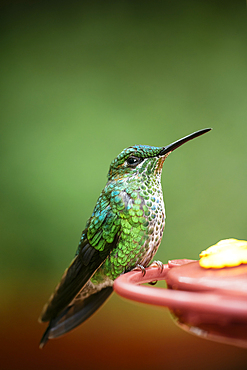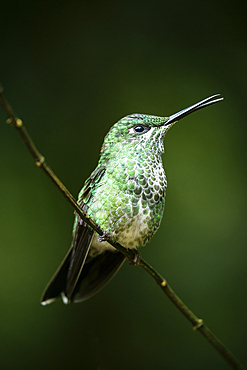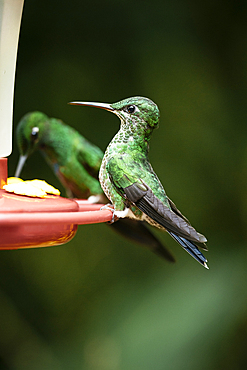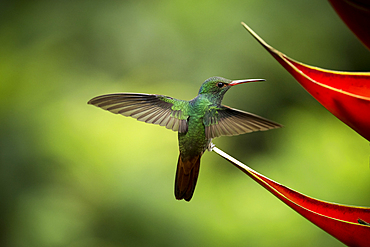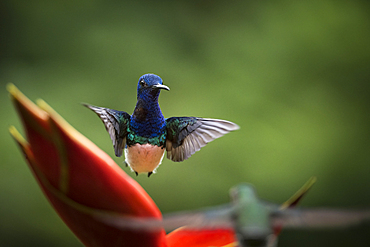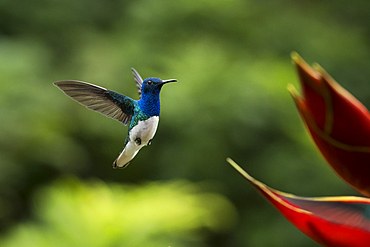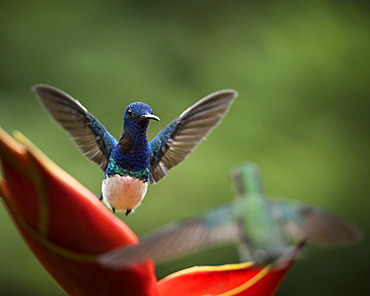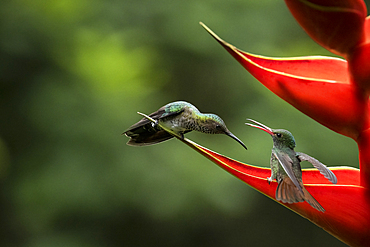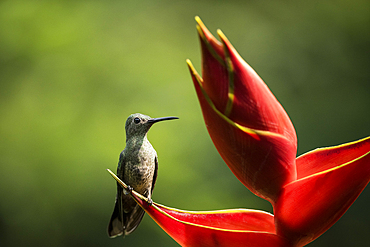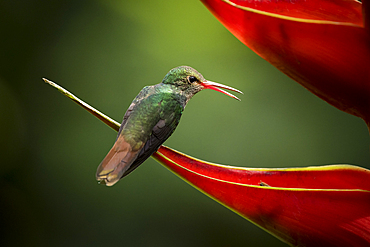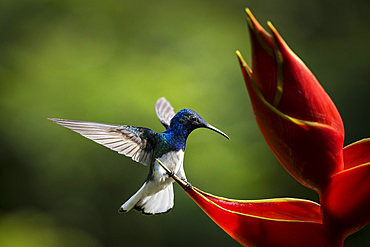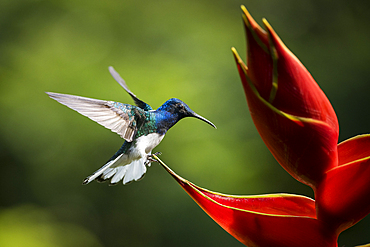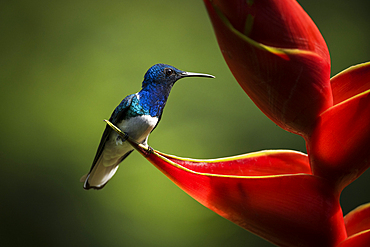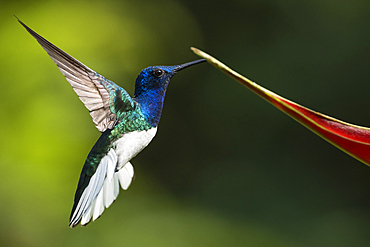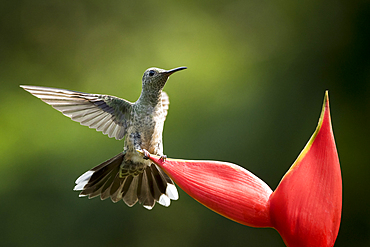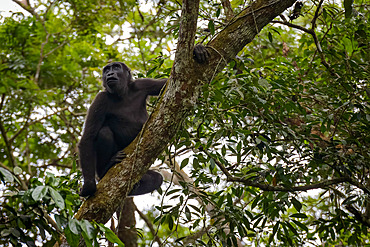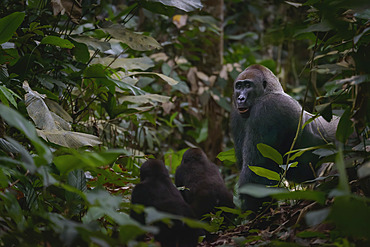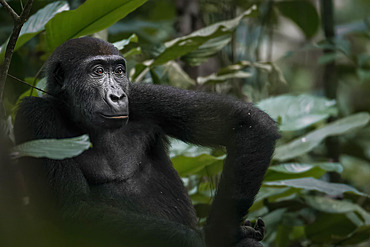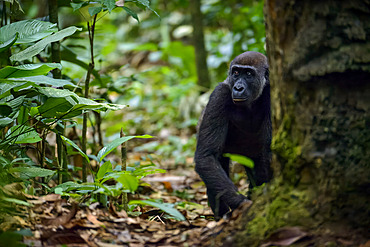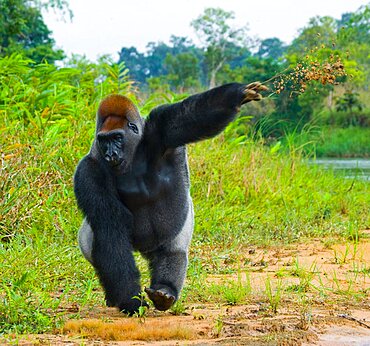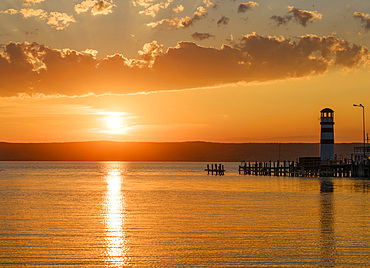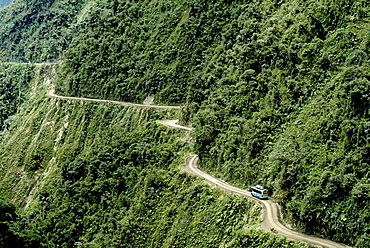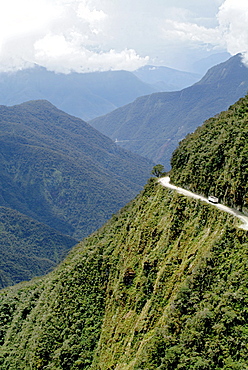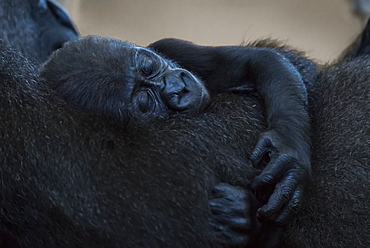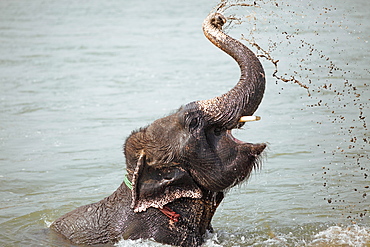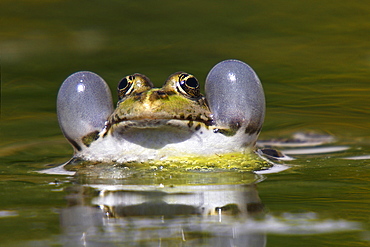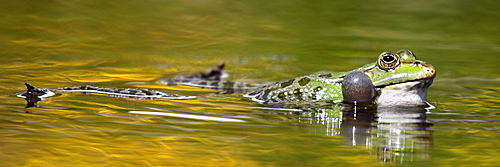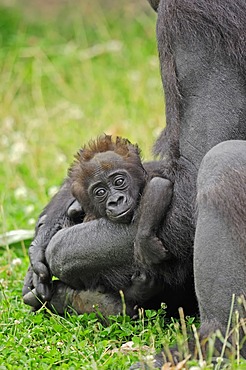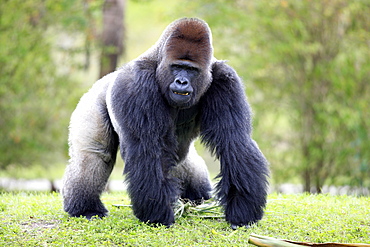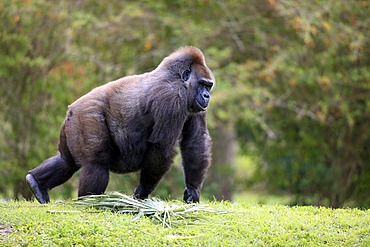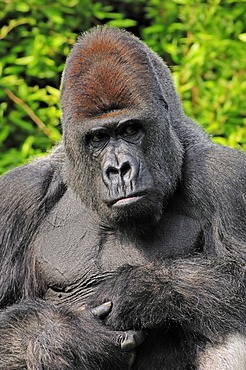Recent searches
Loading...
1184-12032 - Herds of animals walking in the lowlands of Eritrea
1184-12033 - Tent from the Rashaida an arabic tribe in the lowlands of Eritrea
1184-12031 - Children riding on a donkey to a waterhole in the lowlands of Eritrea
1184-12030 - Boy riding on s donkey in the lowlands of Eritrea
1184-12029 - Boy riding on a camel in the lowlands of Eritrea
1184-12027 - Boy and girl riding on a donkey to a waterhole in the lowlands of Eritrea
1184-12028 - Herds of animals walking in the lowlands of Eritrea
1184-12026 - Men and women sitting in a hot spring in the lowlands of Eritrea
1184-12025 - Man and women sitting in a hot spring in the lowlands of Eritrea
1184-12023 - Young kids riding on donkeys to a water hole in the lowland of Eritrea
1184-12024 - Young kids riding on donkeys to a water hole in the lowland of Eritrea
848-2970 - A green-crowned brilliant Hummingbird, Lowland rainforest, Sarapiquí, Costa Rica, Central America
848-2969 - A green-crowned brilliant Hummingbird, Lowland rainforest, Sarapiquí, Costa Rica, Central America
848-2968 - A green-crowned brilliant Hummingbird, Lowland rainforest, Sarapiquí, Costa Rica, Central America
848-2941 - Rufous-tailed Hummingbird, Lowland rainforest, Sarapiquí, Costa Rica, Central America
848-2940 - White-necked Jacobin female Hummingbird, Lowland rainforest, Sarapiquí, Costa Rica, Central America
848-2939 - White-necked Jacobin Male Hummingbird, Lowland rainforest, Sarapiquí, Costa Rica, Central America
848-2937 - White-necked Jacobin Male Hummingbird, Lowland rainforest, Sarapiquí, Costa Rica, Central America
848-2938 - White-necked Jacobin Male Hummingbird, Lowland rainforest, Sarapiquí, Costa Rica, Central America
848-2936 - Hummingbirds, Lowland rainforest, Sarapiquí, Costa Rica, Central America
848-2933 - Scaly-breasted Hummingbird, Lowland rainforest, Sarapiquí, Costa Rica, Central America
848-2934 - Rufous-tailed hummingbird Hummingbird, Lowland rainforest, Sarapiquí, Costa Rica, Central America
848-2932 - White-necked Jacobin Male Hummingbird, Lowland rainforest, Sarapiquí, Costa Rica, Central America
848-2931 - White-necked Jacobin Male Hummingbird, Lowland rainforest, Sarapiquí, Costa Rica, Central America
848-2928 - White-necked Jacobin Male Hummingbird, Lowland rainforest, Sarapiquí, Costa Rica, Central America
848-2929 - White-necked Jacobin Male Hummingbird, Lowland rainforest, Sarapiquí, Costa Rica, Central America
848-2927 - Scaly-breasted Hummingbird, Lowland rainforest, Sarapiquí, Costa Rica, Central America
848-2926 - White-necked Jacobin Male Hummingbird, Lowland rainforest, Sarapiquí, Costa Rica, Central America
832-401721 - Aerial panorama of the harbour village of Rock on the River Camel, St Minver Lowlands, North Cornwall, England, United Kingdom, Europe
860-291579 - Western lowland gorilla (Gorilla gorilla gorilla) in tree. Odzala-Kokoua National Park. Cuvette-Ouest Region. Republic of the Congo
860-291578 - Western lowland gorilla (Gorilla gorilla gorilla) silverback with 2 youngsters in Marantaceae forest. Odzala-Kokoua National Park. Cuvette-Ouest Region. Republic of the Congo
860-291577 - Western lowland gorilla (Gorilla gorilla gorilla) in Marantaceae forest. Odzala-Kokoua National Park. Cuvette-Ouest Region. Republic of the Congo
860-291576 - Western lowland gorilla (Gorilla gorilla gorilla) in Marantaceae forest. Odzala-Kokoua National Park. Cuvette-Ouest Region. Republic of the Congo
1350-6678 - Strawberry Poison Frog (Dendrobates pumilio), adult, Bastimentos National Park, Bocas del Toro, Panama. The strawberry poison frog or strawberry poison-dart frog (Oophaga pumilio or Dendrobates pumilio) is a species of small amphibian poison dart frog found in Central America. It is common throughout its range, which extends from eastern central Nicaragua through Costa Rica and northwestern Panama. The species is often found in humid lowlands and premontane forest, but large populations are also found in disturbed areas such as plantations. The strawberry poison frog is perhaps most famous for its widespread variation in coloration, comprising approximately 15���30 color morphs, most of which are presumed to be true-breeding. O. pumilio, while not the most poisonous of the dendrobatids, is the most toxic member of its genus. The species is most diverse in Panama with varieties in vivid shades of all red, orange, blue, yellow or green, green and yellow, white with red, orange or black and spotted varieties. The most colorful mix is found in Isla Bastimentos Marine National Park though not all in one place. Colors vary by location. A beach on the north side of the island is named after the species. Two of Southern Explorations' Panama tours visit red frog habitat. Both the eight-day Panama Adventure trip and eleven-day Panama Highlights trip spend time in Isla Bastimentos Marine National Park and the former also goes to Red Frog Beach.
The red frog is not as poisonous as some of its cousins and is not a threat to humans. It subsists on a diet of ants that dine on poisonous plants, providing the red frog its protective skin toxin. Males attract females with a loud quick chirp. To hear the distinctive sound before you depart on your Panama tours, go to the University of Michigan Museum's biodiversity website (www.animaldiversity.ummz.umich.edu.) After birth, the tadpoles climb aboard the mother who deposits them in different protected areas where she retu
860-291235 - Portrait of lowland gorilla (Gorilla gorilla gorilla), Republic of the Congo
860-291238 - Lowland gorillas (Gorilla gorilla gorilla) in the wild. Republic of the Congo
860-291239 - Lowland gorillas (Gorilla gorilla gorilla) in the wild. Republic of the Congo
860-291186 - Portrait of antelope lowland nyala (Tragelaphus angasii) with beautiful horns. Close-up. Botswana. Okavango Delta.
860-291237 - Lowland gorillas (Gorilla gorilla gorilla) in the wild. Republic of the Congo
860-291236 - Portrait of lowland gorilla (Gorilla gorilla gorilla), Republic of the Congo
860-291240 - Lowland gorillas (Gorilla gorilla gorilla) in the wild. Republic of the Congo
746-91202 - Village Podersdorf and the shore of Lake Neusiedl. The lighthouse at the harbour, the landmark of Podersdorf and lake Neusiedl. The area of lake Neusiedl is part of the UNESCO World heritage. Euroipe, Austria, Burgenland
832-395134 - Lowland tapir (Tapirus terrestris) in the jungle, Serere Eco Reserve, near Rurrenabaque, Beni District, Bolivia, South America
832-395180 - Ring Road, big cliff, winter, lowlands, Lomagnupur, Iceland, Europe
832-395135 - Lowland tapir (Tapirus terrestris) in the jungle, Serere Eco Reserve, near Rurrenabaque, Beni District, Bolivia, South America
832-393315 - Grassland in the Droemling, swans in the drainage ditch, Olor, lowland moor, lowland area, biosphere reserve, nature reserve, Kolonnenweg, Lochplattenweg, inner-German border installation, Gruenes Band, border path, near Oebisfelde, Boerde District
832-393314 - Grassland in the Droemling, drainage ditch, lowland moor, lowland area, biosphere reserve, nature reserve, Kolonnenweg, Lochplattenweg, inner-German border installation, Gruenes Band, border path, near Oebisfelde, Boerde County, Saxony-Anhalt, De
832-393316 - Grassland in the Droemling, drainage ditch, lowland moor, lowland area, biosphere reserve, nature reserve, Kolonnenweg, Lochplattenweg, inner-German border installation, Gruenes Band, border path, near Oebisfelde, Boerde County, Saxony-Anhalt, De
1228-265 - Strensall Common Lowland Heath Nature Reserve near York, North Yorkshire, Yorkshire, England, United Kingdom, Europe
1116-50077 - Skogafoss, a landmark waterfall, and Skoga River; Iceland
1113-103165 - The Yungas Road, Road of Death, Road down to The Yungas, lowlands of the Beni region, Bolivia, South America
1113-103163 - The Yungas Road, Road of Death, Road down to The Yungas, lowlands of the Beni region, Bolivia, South America
1116-47002 - Baby Western Lowland Gorilla (Gorilla Gorilla Gorilla) Asleep In Arms Of Mother, Cabarceno, Cantabria, Spain
1176-1052 - A white-throated magpie-jay (Calocitta formosa) in lowland tropical forest, Nicaragua, Central America
860-288283 - Lowland tropical dwarf bullfrog (Leptodactylus andreae)
1116-43342 - Datoga tribesman herding goats near Lake Eyasi, Tanzania
1116-43344 - Hadzabe hunters returning to camp after a successful morning hunt near Lake Eyasi, Tanzania
860-287235 - One-horned Asian rhinoceros (Rhinoceros unicornis) and young, Chitwan National Park, Inner Terai lowlands, Nepal, Asia, Unesco World Heritage Site
860-287236 - One-horned Asian rhinoceros (Rhinoceros unicornis), Chitwan National Park, Inner Terai lowlands, Nepal, Asia, Unesco World Heritage Site
860-287237 - One-horned Asian rhinoceros (Rhinoceros unicornis), Chitwan National Park, Inner Terai lowlands, Nepal, Asia, Unesco World Heritage Site
832-383682 - Elephant (Elephantidae) bathing in Rapti River, Sauraha, Chitwan National Park, Terai Lowland, Nepal, Asia
1228-126 - Dawn light over Strensall Common Lowland Heath, Nature Reserve, near York, North Yorkshire, England, United Kingdom, Europe
1113-102993 - Rainforest at Tambopata river, Tambopata National Reserve, Peru, South America
1113-102866 - Brennisteinsalda, Landmannalaugar, Mountains, Highlands, View, Iceland, Europe
1184-2120 - Western lowland gorilla (Gorilla gorilla gorilla), Limbe wildlife centre, Cameroon, Africa
746-88269 - Traditional hungarian cowboy show in the Hortobagy NP. Local cowboy / horseman or Csikos in traditional attire performing the famous Puszta Five, driving a team of five horses standing on horseback. Europe, Eastern Europe, Hungary, April
746-88268 - Traditional hungarian cowboy show in the Hortobagy NP. Local cowboy / horseman or Csikos in traditional attire performing for tourists. Europe, Eastern Europe, Hungary, April
746-87786 - Morning sun just risen shines in the canal where windmills are reflected Kinderdijk, Rotterdam, South Holland, Netherlands, Europe
746-87787 - Sky is tinged with purple at dawn on the windmills reflected in the canal Kinderdijk, Rotterdam, South Holland, Netherland, Europe
746-87729 - Podersdorf am See on the shore of Lake Neusiedl. The lighthouse in the domestic port, the icon of Podersdorf and Lake Neusiedl. The landscape around the lake is an UNESCO World Heritage. Europe, Central Europe, Austria, Burgenland, September
911-10866 - Foulshaw nature reserve, a lowland raised bog in South Cumbria, UK, planted by the forestry commission, years ago, it is now being restored to its former condition.
911-10865 - Foulshaw nature reserve, a lowland raised bog in South Cumbria, UK, planted by the forestry commission, years ago, it is now being restored to its former condition.
911-10867 - Foulshaw nature reserve, a lowland raised bog in South Cumbria, UK, planted by the forestry commission, years ago, it is now being restored to its former condition.
1178-25121 - View of Cottonwood Canyon, USA, California, Death Valley National Park, Cottonwood Canyon
1188-544 - Sugar harvesting and production in the lowlands of Ecuador, South America
1188-543 - Sugar harvesting and production in the lowlands of Ecuador, South America
1188-545 - Sugar harvesting and production in the lowlands of Ecuador, South America
1188-542 - Sugar plantation and production in the lowlands of Ecuador, South America
860-284055 - Portrait of male Lowland frog in a pond, France
860-284057 - Male Lowland frog swimming in a pond, France
860-282238 - Portrait of young Lowland Gorilla Western
860-284052 - Portrait of Lowland frog in a pond, France
860-282933 - Western Lowland Gorilla, Monkey Valley France
971-67 - Rehabilitated orphaned western lowland gorilla (Gorilla gorilla gorilla) released back into natural habitat, Parc de la Lekedi, Haut-Ogooue, Gabon, Africa
971-66 - Rehabilitated orphaned western lowland gorilla (Gorilla gorilla gorilla) released back into natural habitat, Parc de la Lekedi, Haut-Ogooue, Gabon, Africa
832-368134 - Western Lowland Gorilla (Gorilla gorilla gorilla), juvenile, native to Africa, in captivity, Netherlands, Europe
832-373675 - Western Gorilla (Gorilla gorilla), adult, male, silverback, Africa
832-374057 - Western Lowland Gorilla (Gorilla gorilla), juvenile, captive, Florida, USA, North America
832-368128 - Western Lowland Gorilla (Gorilla gorilla gorilla), female with young, native to Africa, in captivity, Netherlands, Europe
832-373676 - Western Gorilla (Gorilla gorilla), adult, female, Africa
832-367871 - Western Lowland Gorilla (Gorilla gorilla gorilla), male, silverback, African species, captive, North Rhine-Westphalia, Germany, Europe











